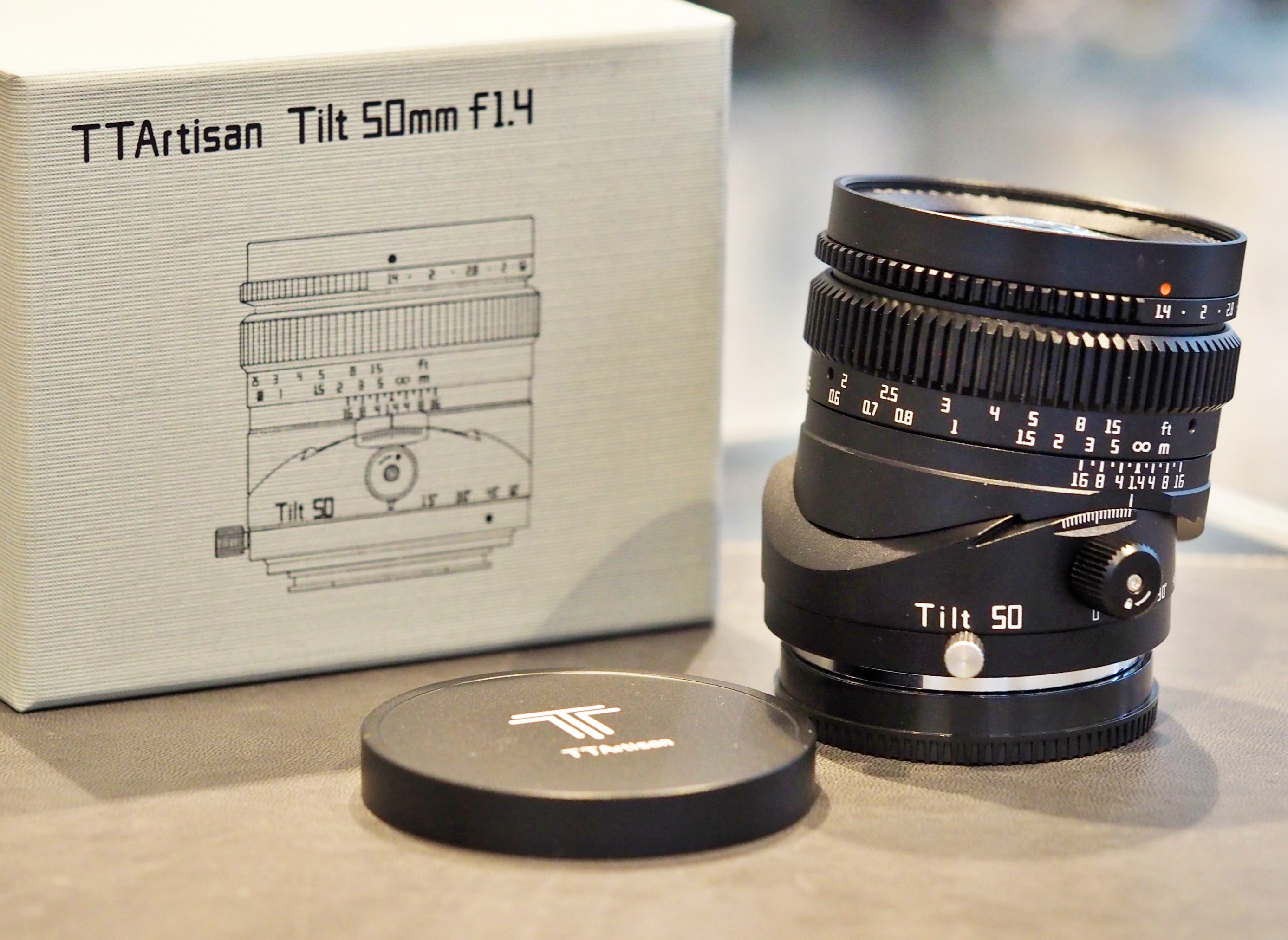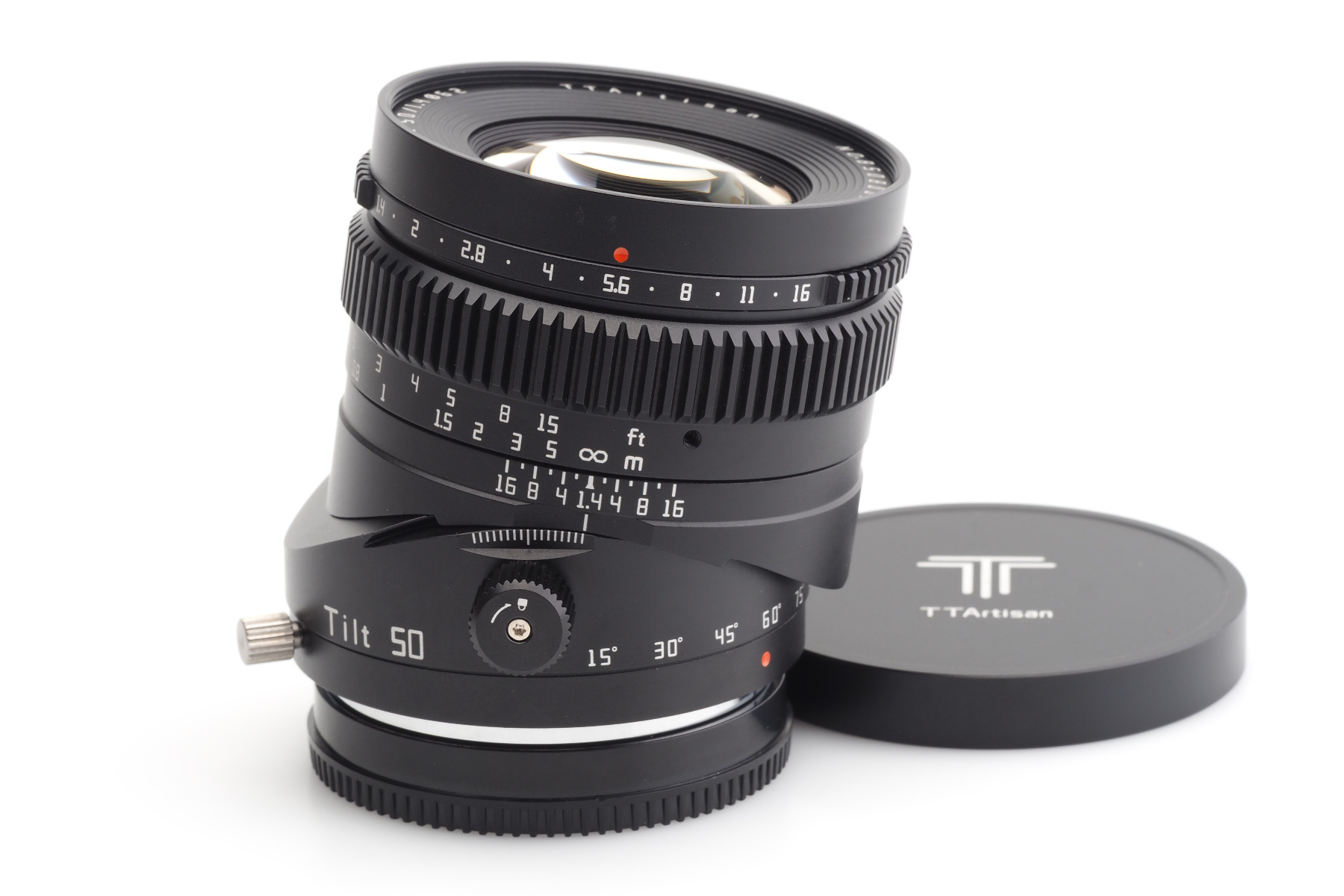TTArtisan Tilt 1.4/50mm - Product Presentation - Peter Jakadofsky
Tilt lenses are very versatile, allowing to control depth of field independently of aperture, a unique capability that makes both major technical advantages and highly creative images possible. Such lenses are usually expensive, because they are produced in small numbers. TTArtisan just recently introduced a 50mm f/1.4 Tilt lens, which is an intriguing option to dive into creative images and more specific product photography tasks.
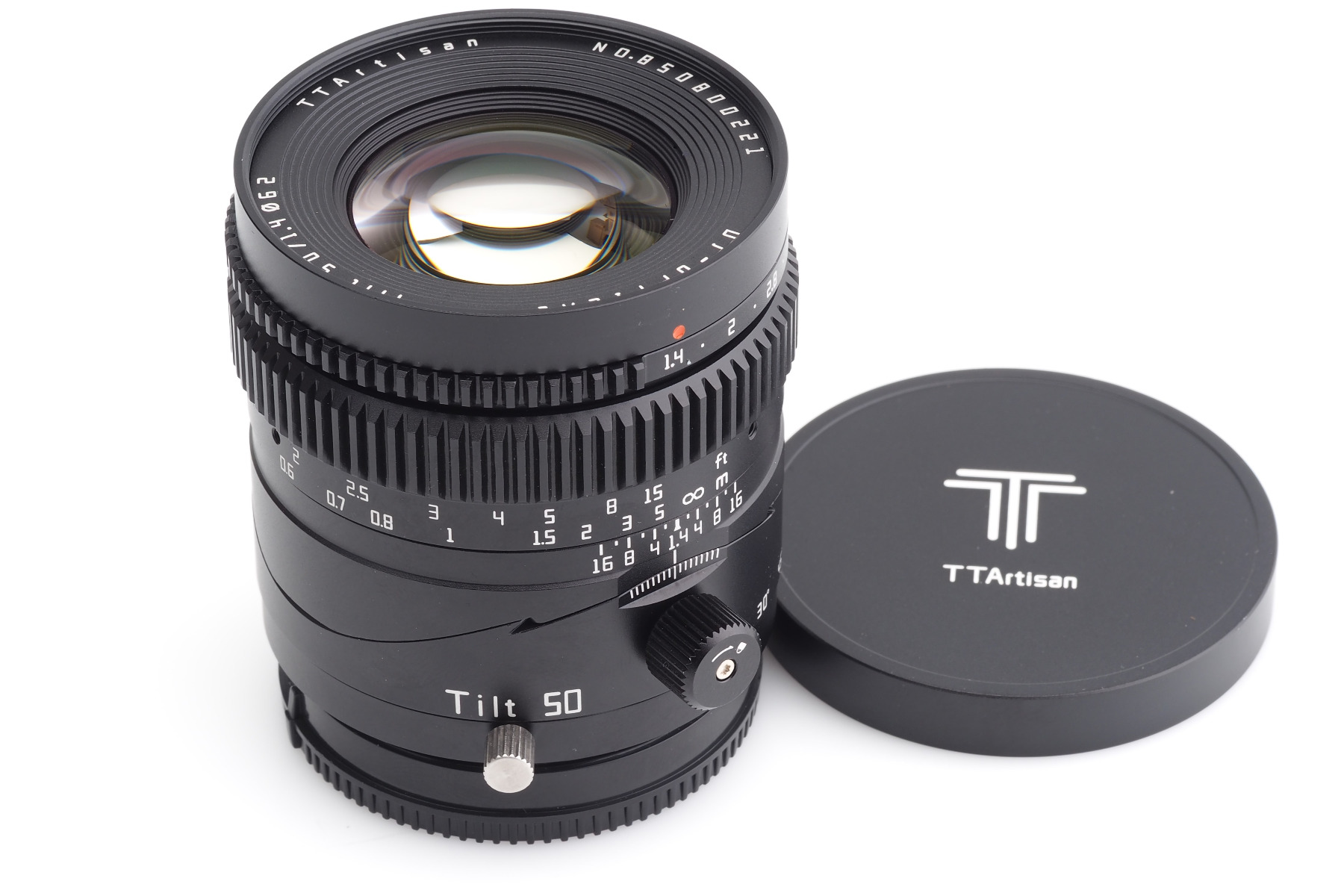
With an ordinary lens, the focus area is usually parallel to the film or sensor plane. With a tilt lens (tilt=inclining, panning) a single image strip can be displayed in focus while the rest of the image remains blurred. The optical axis is bent and the focal plane can be freely positioned.
There are two adjustable screw knobs to adjust the rotation and tilting of the focal plane. By shifting the lens left, you place the focal line on the right. That area is now closest to the film or sense plane. Once you place the focal line on the right, everything on the left is out of focus.
The lens can be rotated for 90 degrees in steps of 15°, making it possible to to move the focal area from the left to the right or from the top to the bottom.
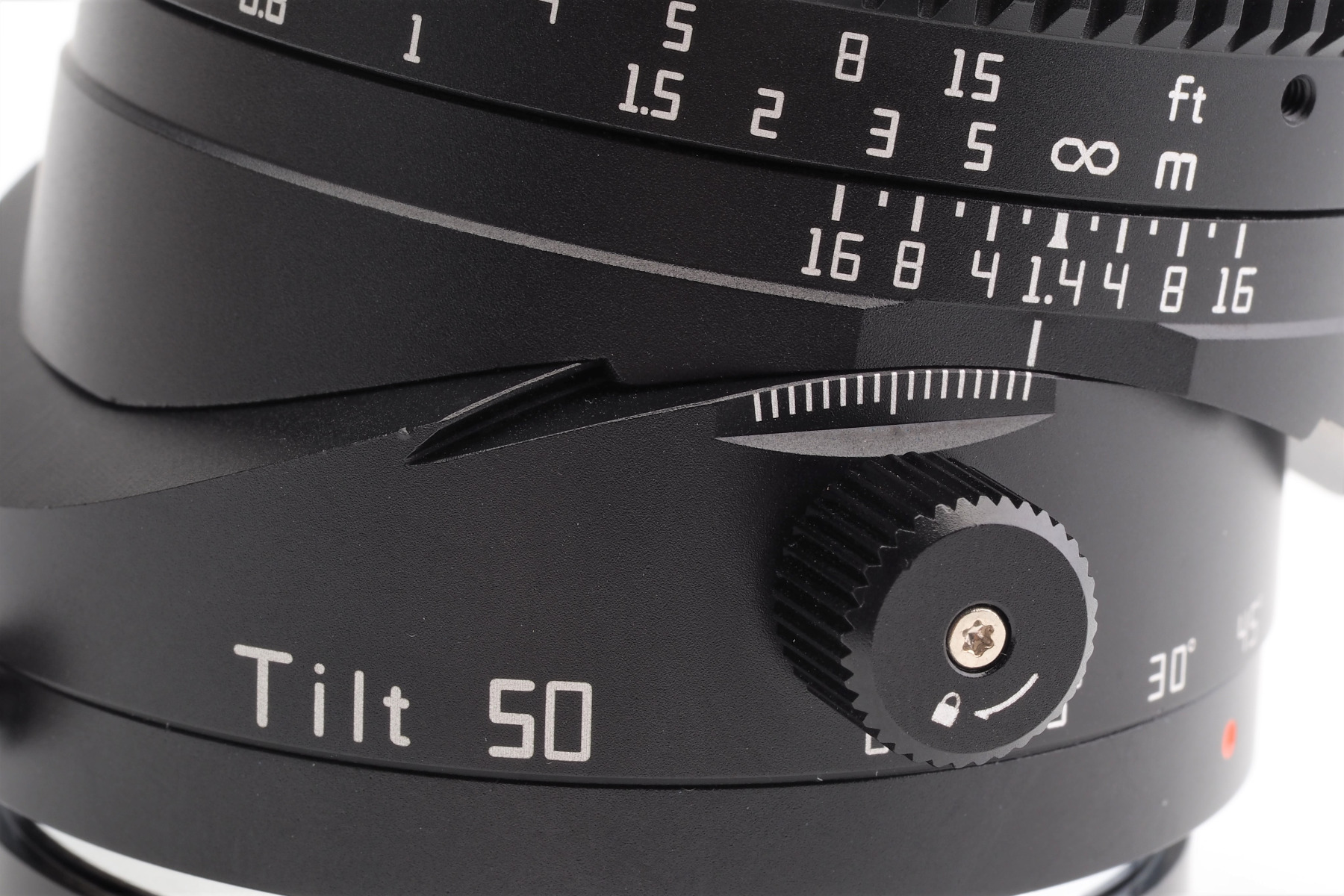
Three examples for using a tilt lens
1) Selective focus
can be used to direct the viewer's attention to a small part of the image while de-emphasizing other parts.
With tilt, the effect is different from that obtained by using a large f-number without tilt. With a regular camera, the Plane of Focus (PoF) and the Depth of Field (DoF) are perpendicular to the line of sight; with tilt, the PoF can be almost parallel to the line of sight, and the DoF can be very narrow but extend to infinity. Thus parts of a scene at greatly different distances from the camera can be rendered sharp, and selective focus can be given to different parts of a scene at the same distance from the camera.
The depth of field is wedge shaped. Using a large amount of tilt and a small aperture value gives a small angular DoF. This can be useful if the objective is to provide selective focus to different objects at essentially the same distance from the camera. But in many cases, effective use of tilt for selective focus requires a careful choice of what is sharp as well as what is unsharp. Because the tilt also affects the position of the PoF, it may not be possible to use a large amount of tilt and have the PoF pass through all desired points. This may not be a problem if only one point is to be sharp; for example, if it is desired to emphasize one building in a row of buildings, the tilt and f-number can be used to control the width of the sharp area, and the focus used to determine which building is sharp. But if it is desired to have two or more points sharp (for example, two people at different distances from the camera), the PoF must include both points, and it usually is not possible to achieve this while also using the tilt to control DoF.
2) Miniature Faking
Selective focus via tilt is often used to simulate a miniature scene, so much that "tilt-and-shift effect" has been used as a general term for some miniature faking techniques.

(Spource: https://en.wikipedia.org/wiki/Miniature_faking)
3) Product Photography
Making use of the possibility to place the DoF in different ways gives you more possibilities for intersting focus positions than with a normal lens.
Conclusion
A tilt lens can broaden your photographic possibilities in many ways and can anhance your artistic and creative potentioal. The TT Artisan Tilt 50mm F 1,4 comes as a standard focal length for full frame Sony E-mount and Leica L-Mount cameras and can be used on mirrorless APS-C cameras with an equivilent focal length of 75mm.
The bright f/1.4 aperture is designed for working in different lighting conditions, as well as controlling depth of field and isolating subjects. The 12-blade aperture creates soft and circular bokeh and specular highlights when stopped down and photographing point light sources.
This lens has an optical design made up of 7 elements in 6 groups that use high refractive index glass elements to help control distortion and spherical aberration for improved sharpness and accurate reproduction.
-
Where to Repair Your Vintage Camera And What to Watch Out For
-
 Meet Us at the 61st Bièvres International Photo Fair – June 7–8, 2025
Meet Us at the 61st Bièvres International Photo Fair – June 7–8, 2025
-
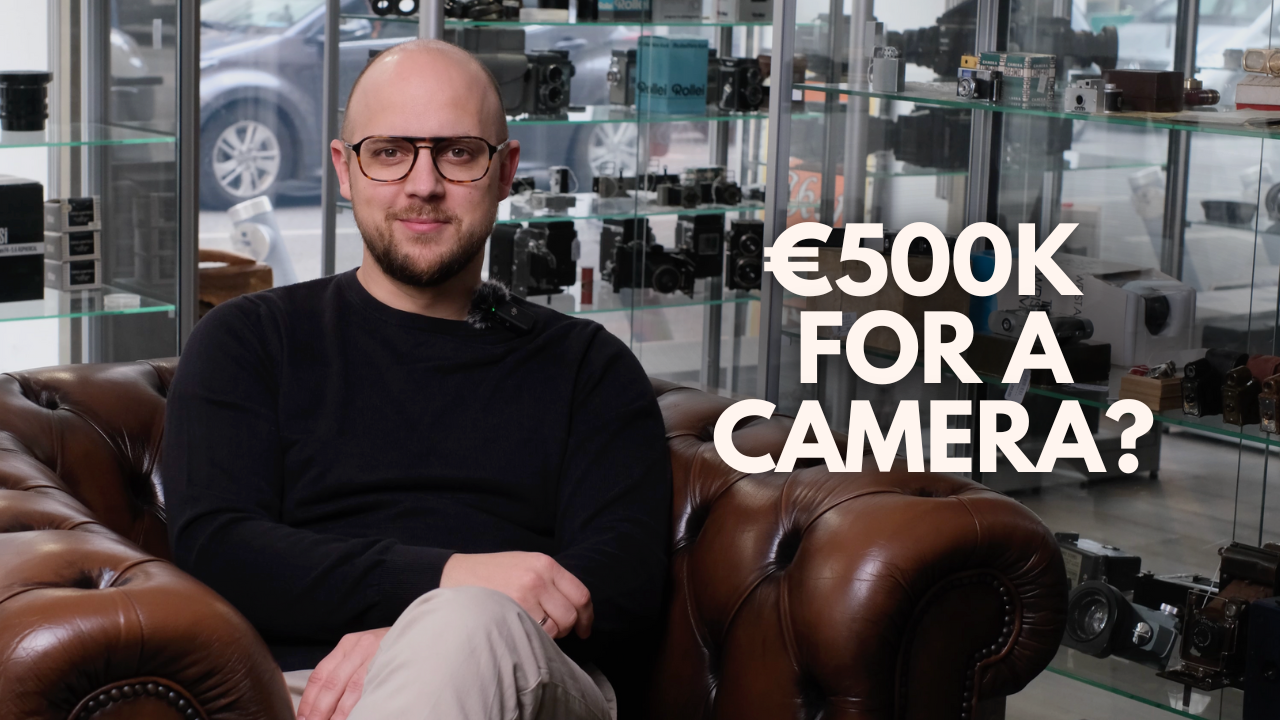 Shocking Bidding Results at Wetzlar Camera Auctions - Jo Geier - Mint & Rare
Shocking Bidding Results at Wetzlar Camera Auctions - Jo Geier - Mint & Rare
-
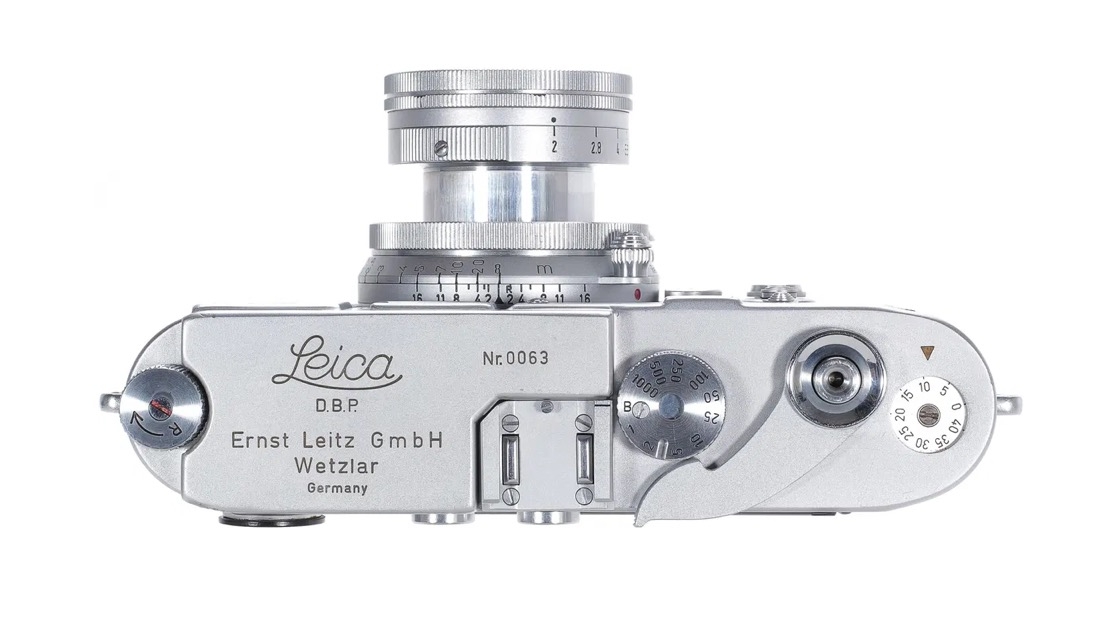 Leica Prototype Cameras & Lenses: Rare Collector’s Guide
Leica Prototype Cameras & Lenses: Rare Collector’s Guide
-
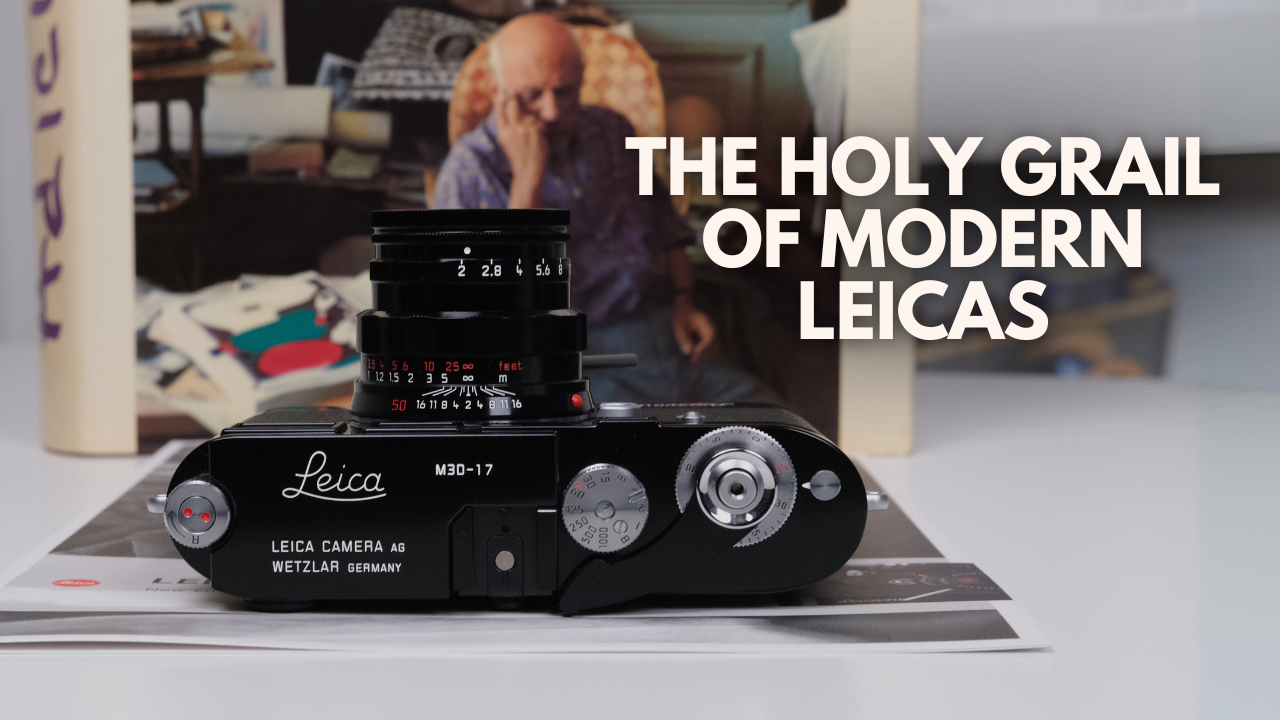 Only 16 Exist: Leica M3D-17 David Douglas Duncan - Jo Geier - Mint & Rare
Only 16 Exist: Leica M3D-17 David Douglas Duncan - Jo Geier - Mint & Rare

